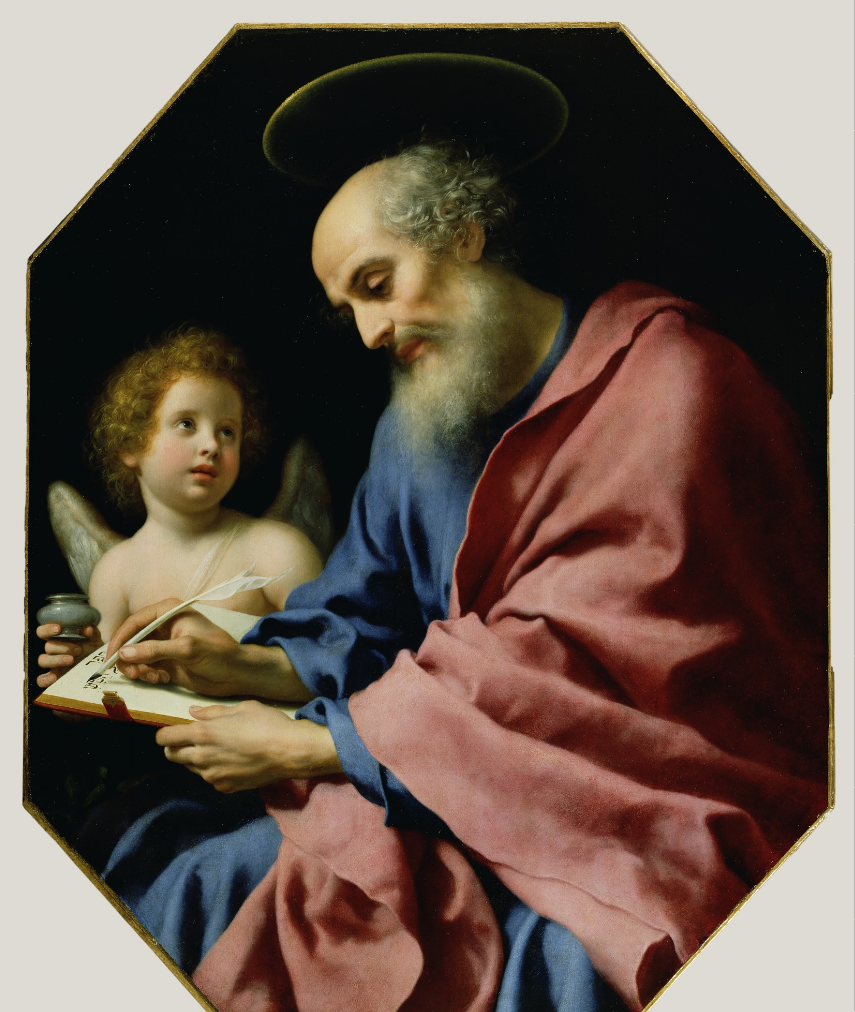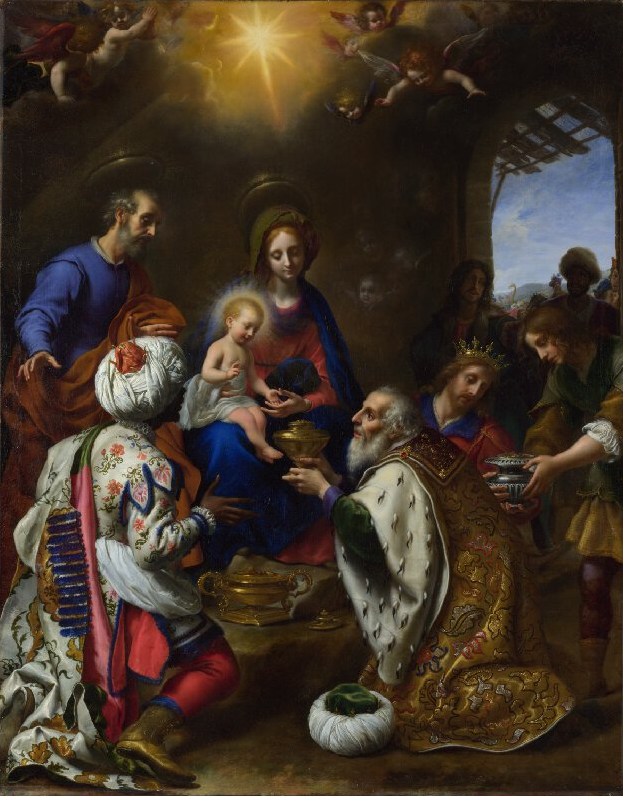Florence is known as the Italian city that served as the center of the cultural rebirth called the Renaissance. However, even into the 17th century, the city continued to produce a number of important painters, one of whom is the subject of this exhibition. Who, when, and where?
You’d be hard-pressed to find someone — even among art historians — who’s heard the name Carlo Dolci (1616-1687). Perhaps this is because the times in which he worked, the mid-17th century, which was long after the period that had made Italy the center of the artistic world. Indeed, although Dolci was 17th-century Florence’s most important painter, it was the northern masters such as Vermeer, Rembrandt, Rubens, and others who had taken the reins as Europe’s preeminent painters.

Despite Dolci’s historical obscurity, the life and art of this painter deserve attention, which is what’s happening at the Davis Museum on the campus of Wellesley College in Massachusetts. Opening on February 10 and running through July 9, “The Medici’s Painter: Carlo Dolci and 17th-century Florence” is the first exhibition in America devoted to the painter, and includes over 50 autograph works on loans from several of the world’s major museums and private collections. The exhibition is curated by Eve Straussman-Pflanzer, head of the European art department at the Detroit Institute of Arts, who says, “The exhibition will consider Dolci’s art in depth as well as consider art as a critical diplomatic, political, and cultural tool from the early modern period to the present. It provides the first opportunity in the United States to study the life and oeuvre of the most important artist in 17th-century Florence.”
The museum adds, “Best known for his half-length and single-figure devotional pictures, Dolci was also a gifted painter of altarpieces and portraits as well as a highly accomplished draughtsman. He created his first works of art in the mid-1620s, after entering the studio of the Florentine painter Jacopo Vignali (1592–1664) in 1625. Among his first patrons were members of the Medici family and foreign nobility, who immediately recognized his reverence for detail, brilliant palette, and seemingly enameled surfaces.

“This exhibition moves beyond the notion of Dolci as a sentimental painter or an exclusively devotional one, and returns to an appreciation of the aesthetic merits, naturalistic underpinnings, and cultural context of the artist’s work. Exhibiting Dolci’s oeuvre chronologically with attention to autograph works by the artist, the exhibition will exceed longstanding prejudices by presenting the artist’s exquisite surfaces and breathtaking palette alongside preparatory drawings. Such juxtaposition will reveal the sheer technical virtuosity of the artist as well as the naturalistic vein that forms the foundation of his entire legacy.”
To learn more, visit the Davis Museum.
This article was featured in Fine Art Today, a weekly e-newsletter from Fine Art Connoisseur magazine. To start receiving Fine Art Today for free, click here.







